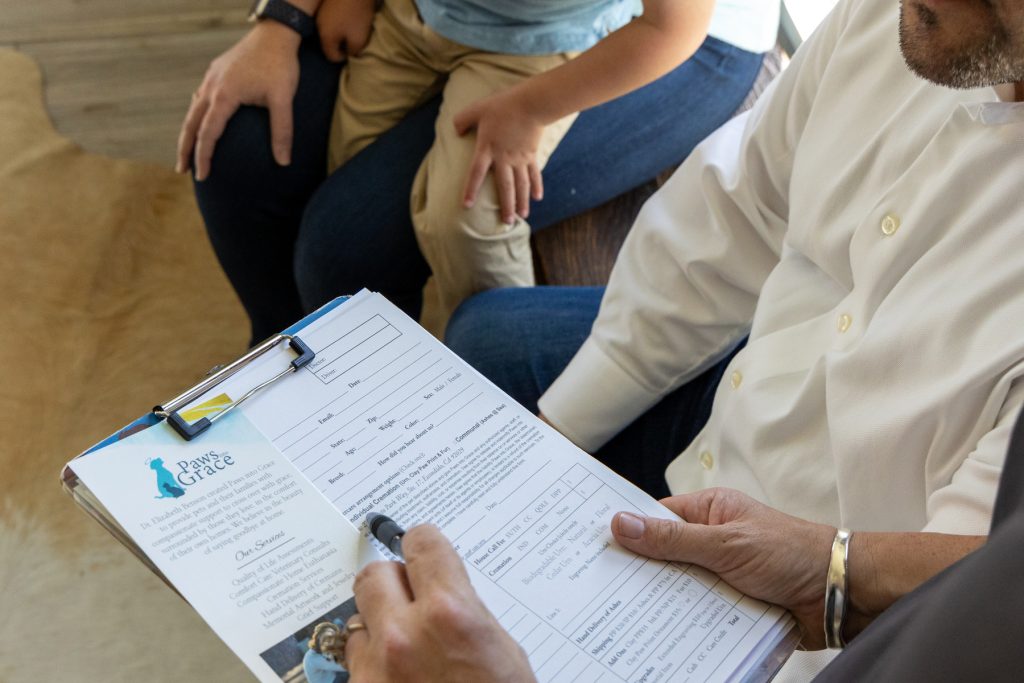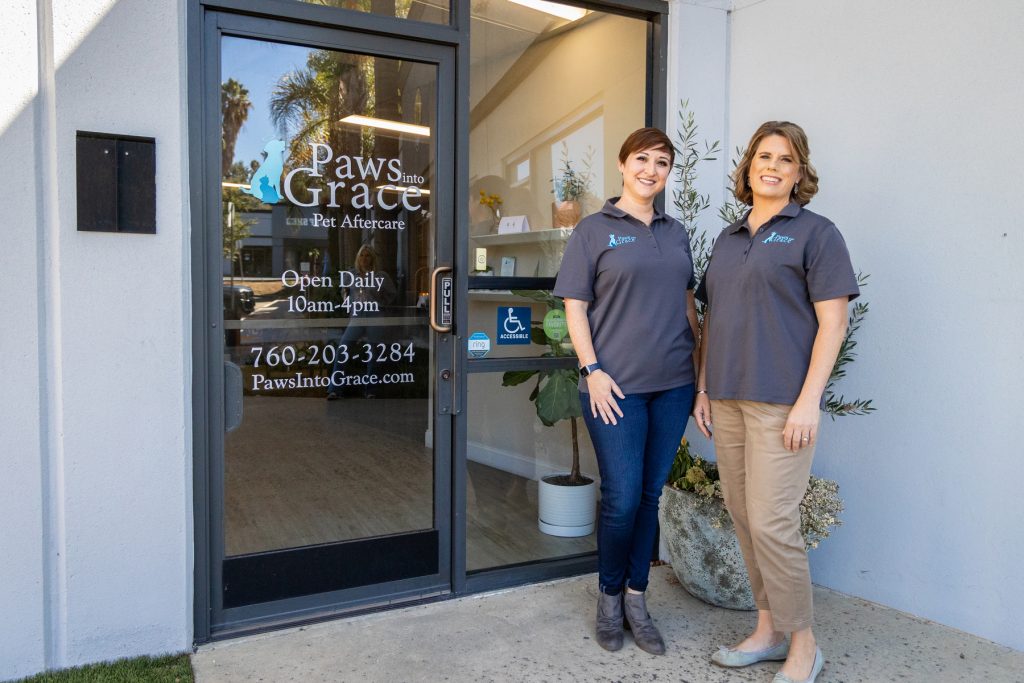How vets assess quality of life, plus the scales and questions they use reveal more than just medical facts. They help translate subtle changes in behavior into meaningful guidance. Each question paints a clearer picture of a pet’s daily comfort. These tools guide owners through tough choices with confidence and compassion.
How Vets Assess Quality of Life: The Scales and Questions They Use
Quality of life is the measure of how a pet feels and functions each day, including comfort, energy, and happiness. It considers pain levels, appetite, sleep, and social interaction. This concept helps guide care decisions, especially when pets face chronic illness or age-related changes.

Veterinarians utilize structured tools and thoughtful questions to gain a clearer understanding of a pet’s daily experience. These methods turn observations about eating habits, playfulness, and mobility into practical insights. They give families confidence when deciding on treatment, lifestyle changes, or end-of-life care. This makes the process less overwhelming and more compassionate.
The HHHHHMM Scale
This scale, created by Dr. Alice Villalobos, evaluates seven key areas. It looks at hurt, hunger, hydration, hygiene, happiness, mobility, and more good days than bad. Each category receives a score between zero and ten. A total score assists in framing the pet’s current state.
Scores are tallied to offer a numerical view of well-being. The scale helps identify specific areas that need intervention, such as pain management. It fosters a collaborative discussion between the vet and the pet’s family. This makes the decision-making process more transparent and informed.
Cincinnati Feline Quality-of-Life Scale
The tool is used for measuring subtle signs of pain or distress. It focuses on grooming habits, litter box use, appetite, and interaction. Each category is scored to build a complete view. This helps identify problems earlier and guide care adjustments.
You can use the tool at home and share results with your veterinarian. Monitoring small changes, like decreased grooming or hiding behavior, is key. The scale encourages active participation in a cat’s healthcare. It also helps veterinarians tailor treatments more precisely to improve your pet’s daily experience.
Pawspice or Villalobos Quality of Life Scale
This tool was developed specifically for hospice care and pets nearing the end of life. It emphasizes comfort, dignity, and maintaining meaningful moments. Owners rate categories such as pain control, hygiene, appetite, and interaction. It is beneficial when evaluating whether treatments still provide value to the pet.
Veterinarians often recommend this scale when managing progressive diseases, like cancer. Recording scores over time highlights trends in comfort levels. It also reassures owners about the timing of difficult decisions.

Canine Brief Pain Inventory (CBPI)
This scale is designed specifically for dogs experiencing chronic pain from conditions such as arthritis. Owners rate pain severity and how it interferes with activities. The results are used to measure progress over time. It is especially helpful when monitoring the effectiveness of pain treatments.
Veterinarians use CBPI scores to adjust medications and recommend lifestyle changes. Tracking pain interference shows whether a dog can still enjoy normal activities. This tool also helps owners notice patterns they may overlook. Consistent use improves decision-making about treatment plans and long-term quality of life.
The PPPP Scale
The PPPP Scale considers four pillars: pain, play, poop, and personality. Tracking these elements offers a quick, daily check on a pet’s well-being. Significant changes in any area can signal a problem.
This scale simplifies complex medical concepts into practical observations that are easy to understand. A decrease in play or a shift in personality often indicates an issue. It encourages owners to proactively engage with their pet’s health.
The Questions Vets Ask Owners
The questions veterinarians ask pet parents help them understand how pets feel in their daily lives. These insights guide treatment plans, track progress, and support families making thoughtful health decisions for their animals.
- How is your pet’s appetite and thirst? Tracking consumption helps the vet monitor metabolic health and spot early signs of nausea, pain, or other underlying illnesses that might be developing.
- What is their energy and activity level like? Understanding their normal zest for play or walks provides a baseline to gauge declines that suggest discomfort or lethargy.
- Is your pet still interested in their favorite things? A loss of interest in beloved activities or people can signal depression, pain, or a general decline in their well-being.
- How would you describe their general mood or demeanor? Shifts in personality, like increased irritability or hiding, offer clues about their mental state and possible unseen suffering.
- Can your pet get comfortable and sleep well? Restlessness or an inability to sleep soundly often points to chronic pain or discomfort that needs better management.
- How is their mobility around the house and outdoors? Noting difficulty with stairs or walking helps evaluate musculoskeletal health and their safety when navigating their own environment.
- Are they able to groom themselves properly? A decline in self-grooming can indicate arthritis, pain, or general weakness, highlighting areas needing supportive care.

Related Questions
What Factors Do Veterinarians Consider When Assessing a Pet’s Pain and Discomfort?
Veterinarians consider physical signs like limping, stiffness, or changes in posture. They observe behavior, such as withdrawal, whining, or restlessness. Appetite, grooming habits, and sleep quality are also key indicators. Combining these observations with owner reports helps create a clearer picture of a pet’s pain and comfort level.
How Do Vets Combine Data After Observation?
Vets combine data by reviewing physical exams, owner observations, and test results together. They look for patterns that confirm or explain symptoms. Each piece of information adds context to the pet’s condition. This approach helps them create accurate treatment plans and track changes in health over time.
What Are Some of the Tools Pet Owners Can Use at Home?
Pet owners can use printed quality-of-life scales to score daily comfort and behavior. Journals or digital logs help track appetite, mobility, and mood over time. Smartphone apps can send reminders for consistent monitoring. These tools facilitate the sharing of accurate information with veterinarians, thereby improving decision-making about care.
Conclusion
Understanding how veterinarians assess a pet’s quality of life helps families feel more confident in their decisions. These scales and questions turn observations into clear guidance. They support thoughtful choices about treatment, comfort, and care. Using them regularly helps pets live with dignity and owners stay informed and compassionate.
